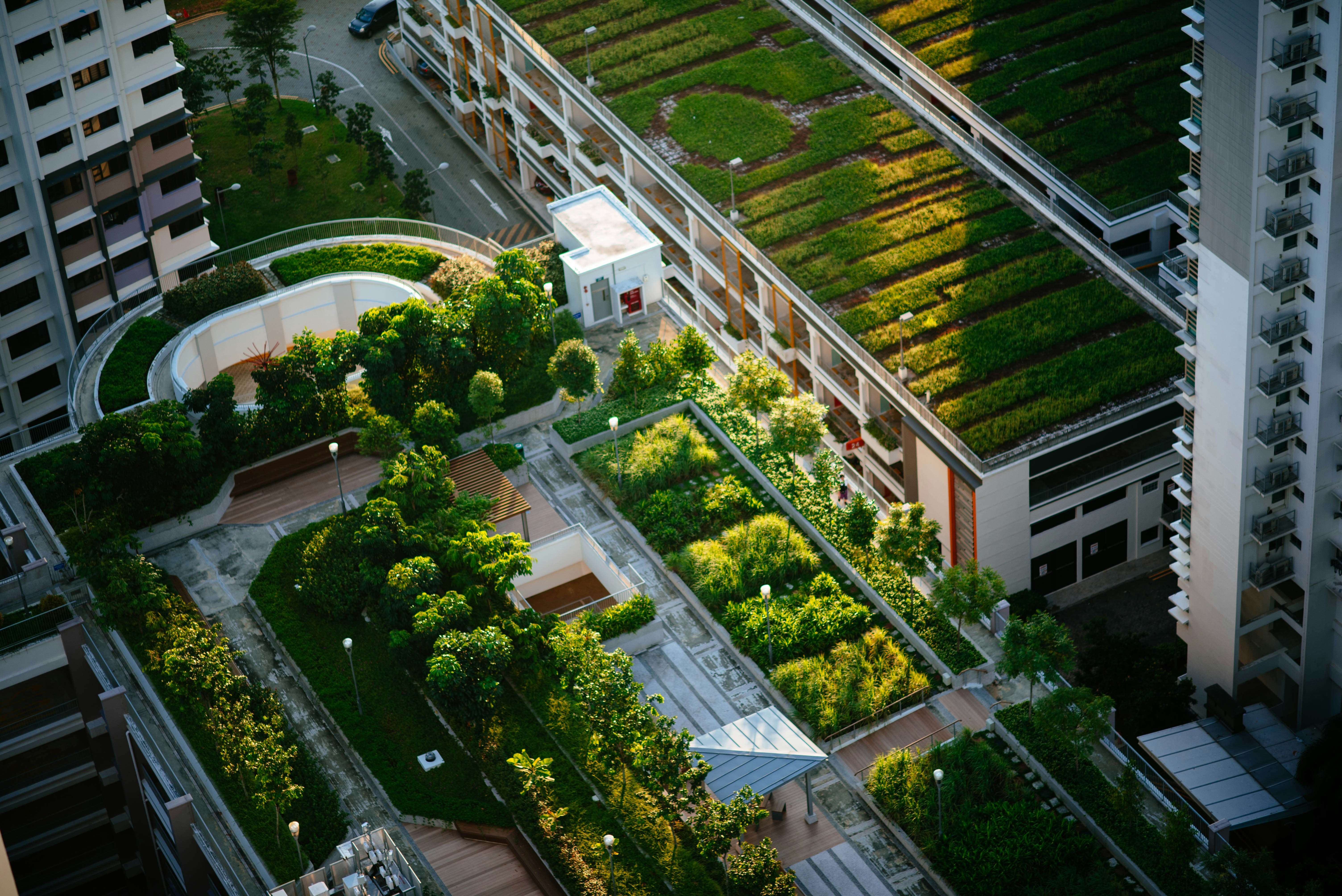Smart Solar Lights for Every Garden and Pathway
Solar lights are a practical, low-maintenance way to add illumination without running electrical wiring. From simple stake lights to sophisticated fixtures with motion sensors and timers, solar-powered options capture sunlight during the day and convert it to electricity at night, offering a sustainable choice for outdoor lighting that complements modern gardens and pathways.

What are solar lights and how do they work?
Solar lights combine a photovoltaic (PV) panel, a rechargeable battery, a charge controller, and a light source into a single unit. During daylight the PV panel converts sunlight into electricity, which charges the internal battery. At dusk a sensor or timer activates the light, powering the LED or bulb until the battery is depleted. This self-contained design eliminates trenching and wiring, making solar lights ideal for remote or landscaped areas where running power is impractical.
Why choose LED lights for outdoor lighting?
LED lights paired with solar systems deliver several advantages: high energy efficiency, long bulb life, and lower heat output compared with traditional incandescent or halogen options. Because LEDs use less power, the same solar panel and battery can yield longer nightly runtimes or brighter illumination. Additionally, LEDs come in a range of color temperatures and beam patterns, making them versatile for accent, security, or general outdoor lighting applications while keeping maintenance and replacement frequency minimal.
How to plan garden lighting layout?
Good garden lighting balances functionality with atmosphere. Start by mapping focal points—trees, shrubs, water features, and seating areas—and decide which elements need accent, task, or ambient light. Mix solar spotlights for focal accents with softer lantern-style fixtures for pathways and borders. Consider sight lines from windows and walkways to avoid glare and ensure the solar panels receive adequate direct sunlight during the day, as shady placements reduce charging efficiency and runtime.
What makes effective pathway lighting?
Pathway lighting should prioritize safety and even illumination. Choose fixtures that provide consistent low-level light to define edges and steps without creating blinding hotspots. Solar pathway lights with diffused lenses or modest downward-facing beams work well to reduce glare while highlighting the route. Spacing is important: closer spacing improves uniformity, while brighter fixtures can be spaced farther apart. Also ensure each fixture’s solar panel faces a sunny exposure to maintain reliable nightly performance.
Installation and maintenance of solar lights
Installing solar lights is typically straightforward: position the fixture so its solar panel receives several hours of direct sun, secure or stake it according to the product instructions, and switch it to the “on” mode. Maintenance mainly involves keeping panels clean of dust, leaves, and snow to preserve charging efficiency, and occasionally replacing rechargeable batteries after a few seasons depending on usage and temperature conditions. For wired solar or integrated systems, follow manufacturer guidance and consider professional help for complex setups.
Conclusion
Solar lights offer a flexible and eco-friendly way to enhance outdoor lighting for gardens and pathways. With LED lights improving efficiency and lamp longevity, thoughtfully chosen fixtures can balance beauty and safety while minimizing energy cost and installation complexity. Regular, simple maintenance ensures reliable performance and helps these low-voltage systems brighten outdoor spaces year after year.






